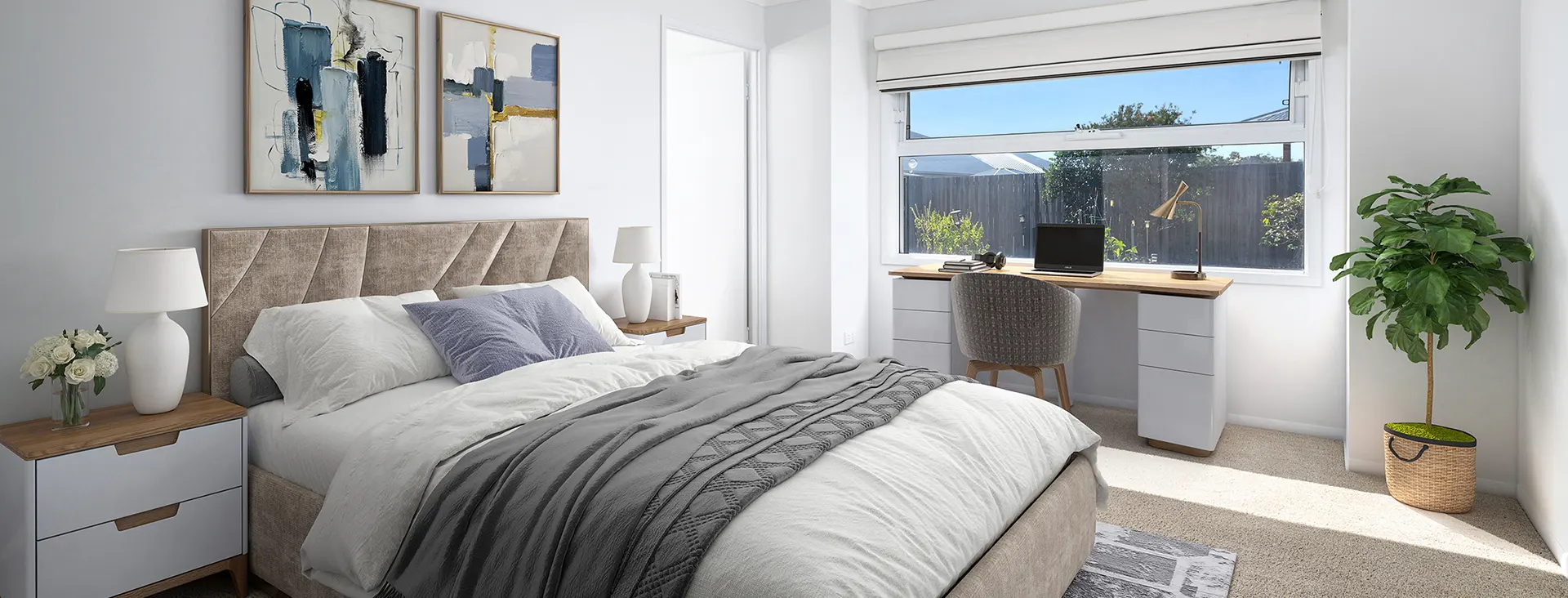
Real Estate & Commercial Photography Services
Services at a glance
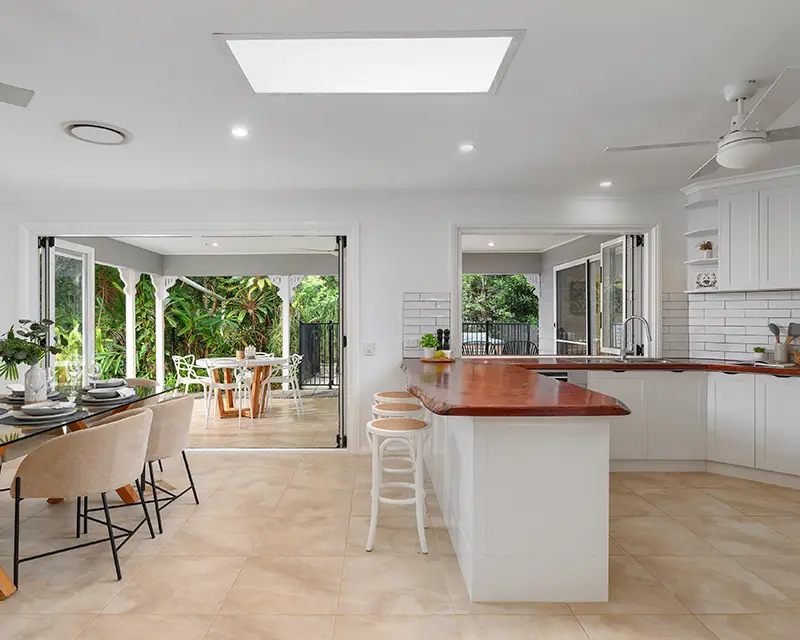
Real Estate Photography
Natural, colour-true images that show space, light and flow
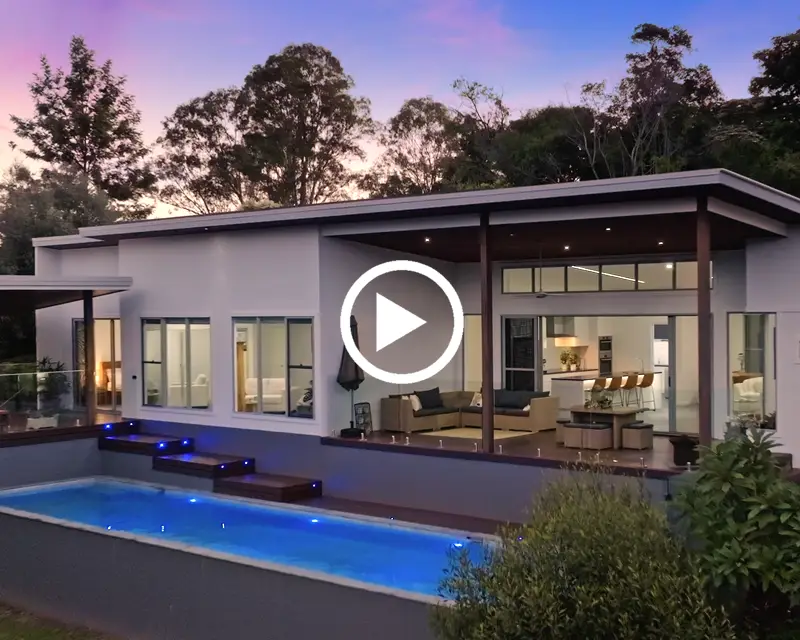
Real Estate Video
Engaging 60–120s films that capture feel, flow and lifestyle.

Drone & Aerial
CASA-compliant aerials that show perspective, context, outlook and scale.
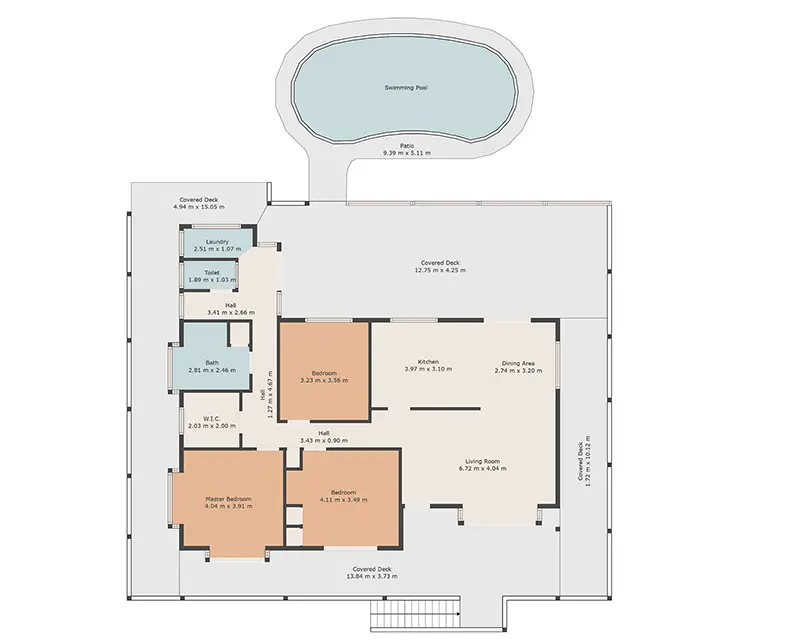
Floor Plans
Clear, dimensioned plans that set buyer expectations and drive qualified inspections.

Commercial Photography
Retail fit-outs, builder showcases and brand campaigns captured consistently to build trust and drive enquiries.
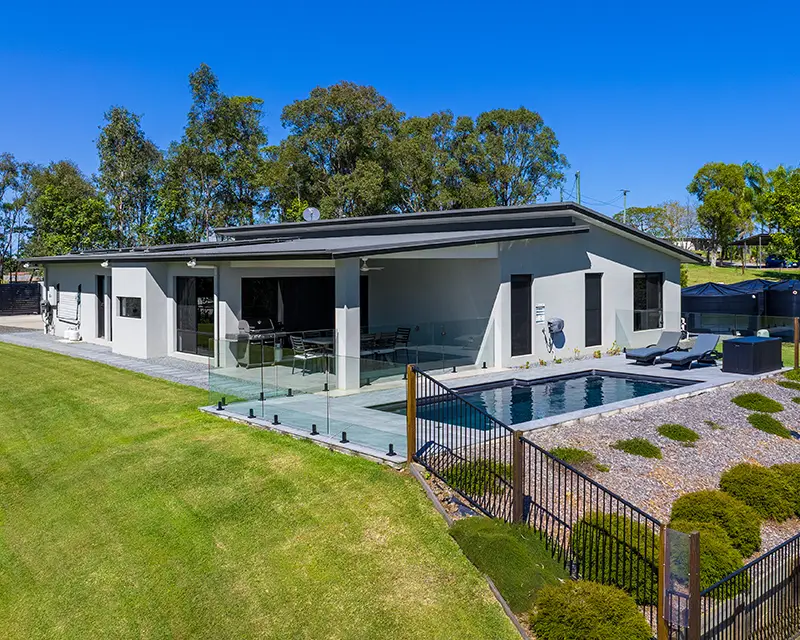
Architectural Photography
Form-faithful imagery for awards, portfolios and editorial. Colour-accurate, straight lines and consistent sets.
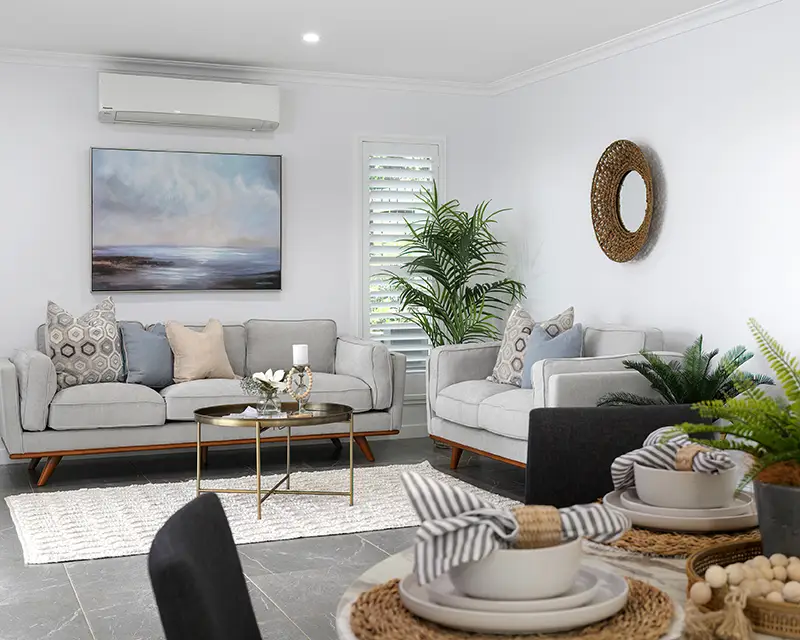
Interior Design Photography
Detail-led interior images with true colour and clean style. Lighting that keeps materiality honest and tactile.
Thomas Studios provides a full suite of property media across Gympie, Tin Can Bay, Rainbow Beach and Noosa. From high-impact real estate photography and video to detailed floor plans, drone coverage and specialised commercial, architectural and interior shoots—we help present every property at its best. Explore our dedicated service area pages for more local examples and tailored information.